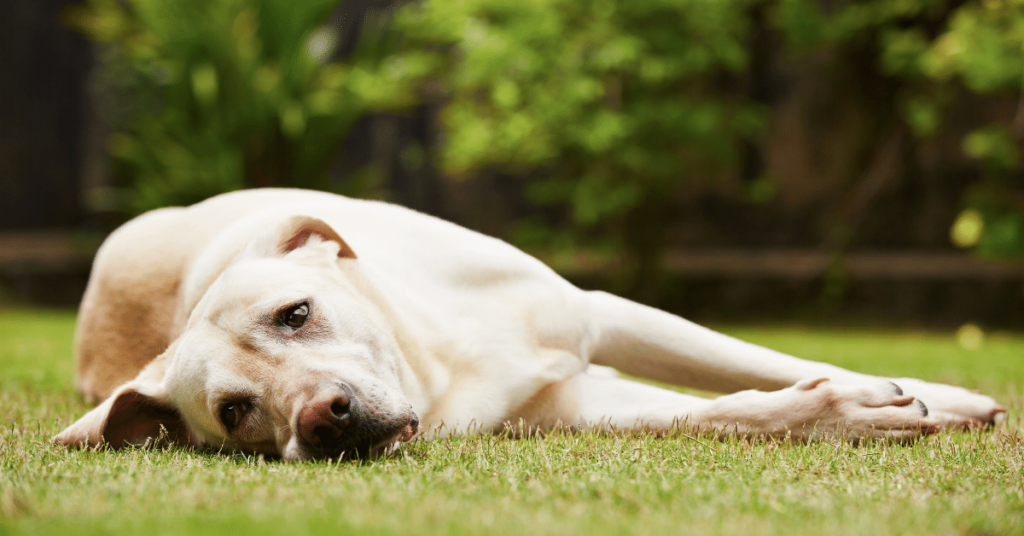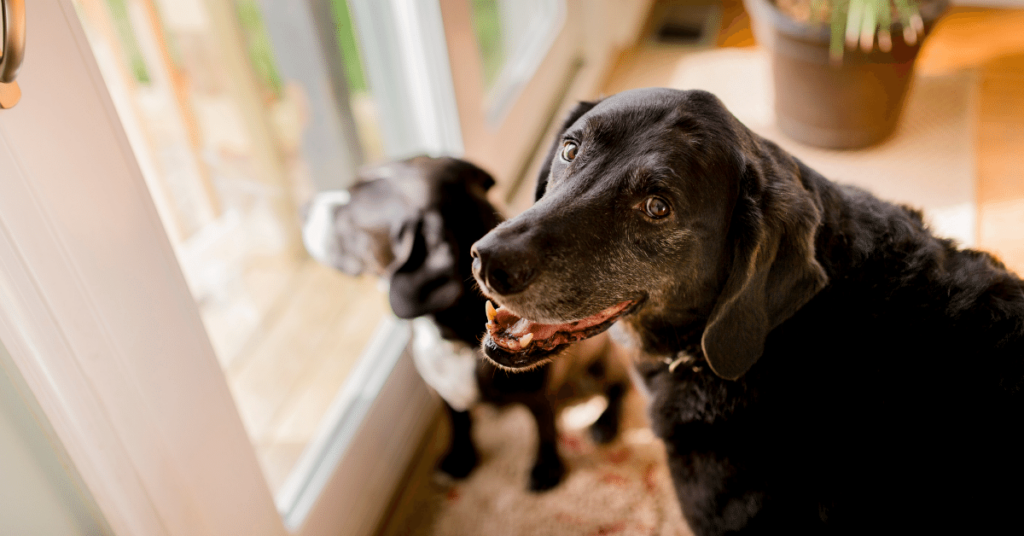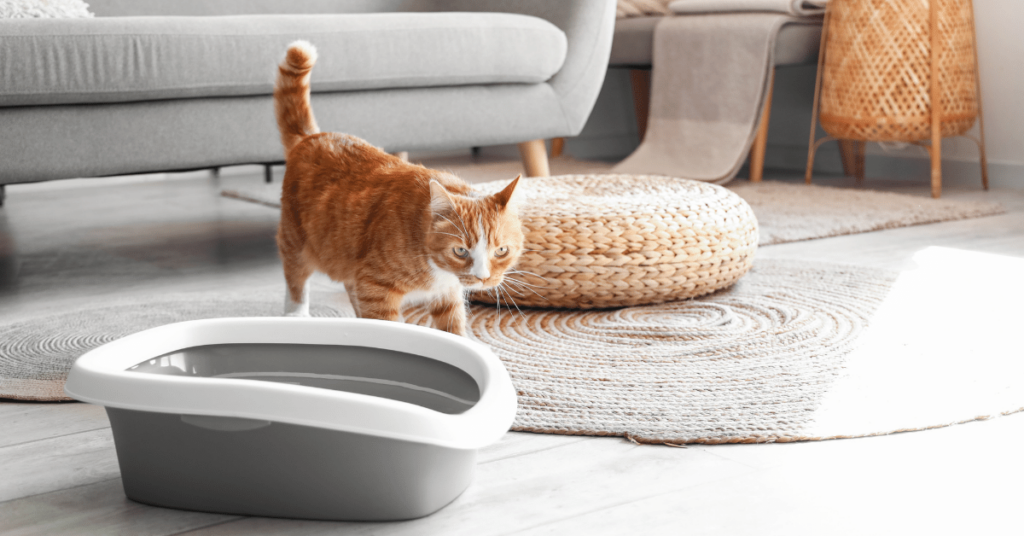Introduction
Stress and anxiety are not exclusive to humans; our beloved pets can also experience these emotions. As responsible pet owners, it is essential to understand the signs of stress and anxiety in our furry friends and provide them with the comfort and support they need. In this article, we will explore the various indicators of stress in pets and discuss effective ways to alleviate their anxiety.
Recognizing Signs of Stress in Pets
Behavioral changes
One of the first signs of stress in pets is a noticeable change in their behavior. They may become more withdrawn, restless, or exhibit destructive behavior such as excessive chewing or scratching. Keep an eye out for these changes as they can indicate underlying stress or anxiety.
Appetite and weight changes
Stress can also affect a pet’s eating habits. They might lose their appetite, leading to weight loss, or turn to overeating as a way to cope with their emotional distress. Monitor your pet’s food intake and check for any sudden changes in weight.
Excessive grooming
Frequent grooming beyond normal habits can be a sign of stress in pets. Cats, for example, may excessively lick or bite their fur. Dogs may scratch excessively, causing irritation and redness on their skin. If you notice these behaviors, it’s important to investigate the potential cause.
Aggression or hiding
When pets are stressed or anxious, their behavior towards people or other animals can change. They may become more aggressive, exhibiting growling, snapping, or biting. On the other hand, some pets may retreat and hide in an attempt to avoid stressful situations. Pay attention to any sudden change in your pet’s social behavior.
Common Causes of Stress and Anxiety in Pets
Environmental changes
Pets thrive in consistency and familiarity, so any sudden changes in their environment can lead to stress and anxiety. Moving to a new house, rearranging furniture, or introducing new pets or family members can be unsettling for them. Providing a stable and predictable environment can help reduce their stress levels.
Loud noises
Loud noises such as thunderstorms, fireworks, or construction sounds can cause immense stress to pets. They have heightened hearing abilities, making these noises particularly overwhelming. Creating a safe and quiet space for your pet during such events can help alleviate their anxiety.
Separation anxiety
Pets, especially dogs, can experience separation anxiety when left alone for extended periods. This condition can manifest in destructive behavior, excessive barking or howling, and even self-harm attempts. It’s important to gradually acclimate pets to being alone and provide them with mental stimulation during your absence.
Medical issues
Underlying medical conditions can also contribute to your pet’s stress and anxiety. Pain, allergies, or hormonal imbalances can make them more susceptible to emotional distress. If you suspect a medical issue, it’s important to consult your veterinarian for a proper diagnosis and treatment plan.
Providing Comfort and Support for Stressed Pets
Create a calm environment
Designate a quiet and secure space in your home where your pet can retreat to when feeling stressed. Make this space comfortable with a cozy bed, familiar toys, and soothing music. Minimize noise and disruptions to help them relax and feel safe.
Establish a routine
Pets thrive on routine, as it provides a sense of predictability and security. Establish a daily schedule for feeding, exercise, and playtime, and stick to it as much as possible. Consistency will help reduce their stress levels and improve their overall well-being.
Encourage physical exercise
Regular exercise is a great way to relieve stress and anxiety in pets. Engage in activities that your pet enjoys, such as playing fetch or going for a walk. Physical exercise not only helps burn off excess energy but also promotes the release of endorphins, which can improve mood.
Use calming aids
Several products are available that can help ease your pet’s anxiety. Calming pheromone diffusers, specially designed vests, or anxiety wraps can provide a sense of comfort and security. Consult with your veterinarian to determine the most suitable calming aids for your pet.
Seek professional help
If your pet’s stress and anxiety persist or worsen despite your best efforts, it may be beneficial to seek professional help. A veterinarian or a certified animal behaviorist can provide specialized guidance and develop a tailored treatment plan for your pet’s specific needs.
Conclusion
Understanding the signs of stress and anxiety in pets is crucial for their well-being. By recognizing behavioral changes, addressing common stress triggers, and providing comfort and support, we can help our pets lead happier, more relaxed lives. Remember, a little extra love and care can go a long way in easing their stress and anxiety.







